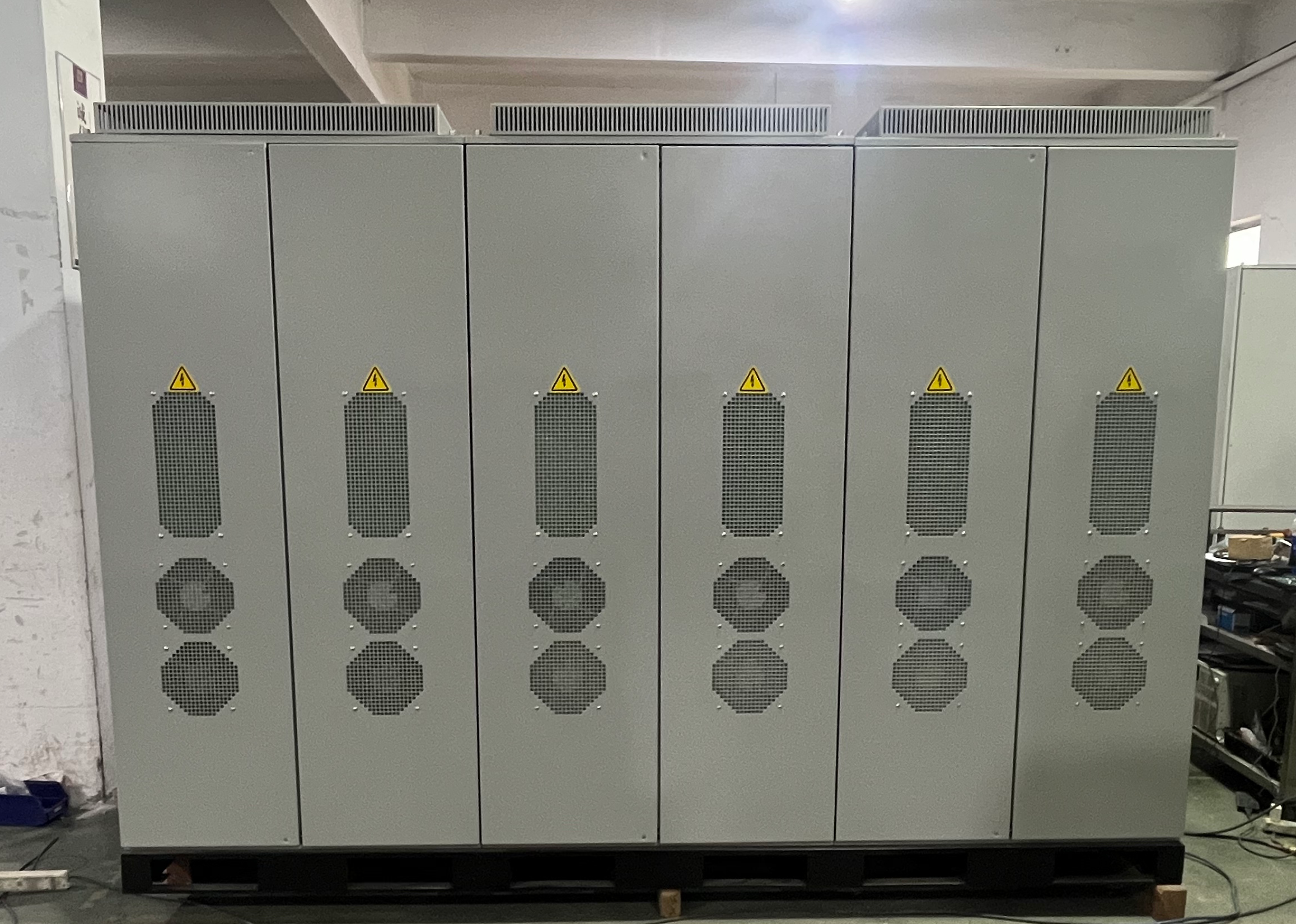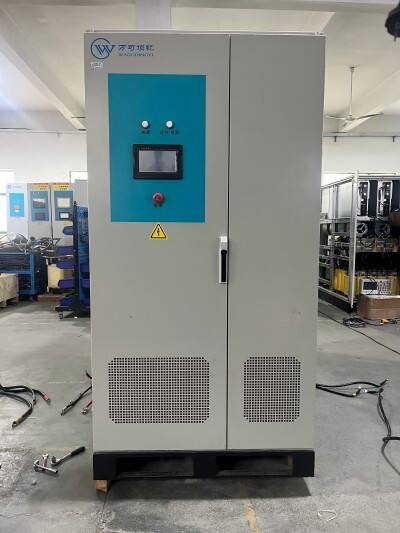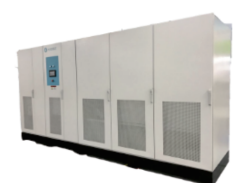three phase voltage unbalance adaptability test
The three phase voltage unbalance adaptability test is a critical evaluation procedure designed to assess electrical equipment's performance under unbalanced voltage conditions. This sophisticated testing methodology examines how systems respond to voltage variations across three phases, ensuring reliable operation in real-world conditions. The test implements precise measurement techniques to analyze voltage differences between phases, typically allowing for unbalance ranges of 0-5%. Through advanced monitoring systems, it captures data on equipment behavior, power quality parameters, and system stability during various unbalance scenarios. The technology features state-of-the-art power analyzers and data acquisition systems that provide real-time measurements and comprehensive performance metrics. This test finds extensive applications in industrial motor testing, power distribution system evaluation, and quality assurance for three-phase electrical equipment. It helps identify potential operational issues before deployment, ensuring compliance with international standards such as IEC 61000-4-27. The test's significance extends to renewable energy systems, particularly in wind turbines and solar inverters, where maintaining balanced operation is crucial for optimal performance and longevity.




